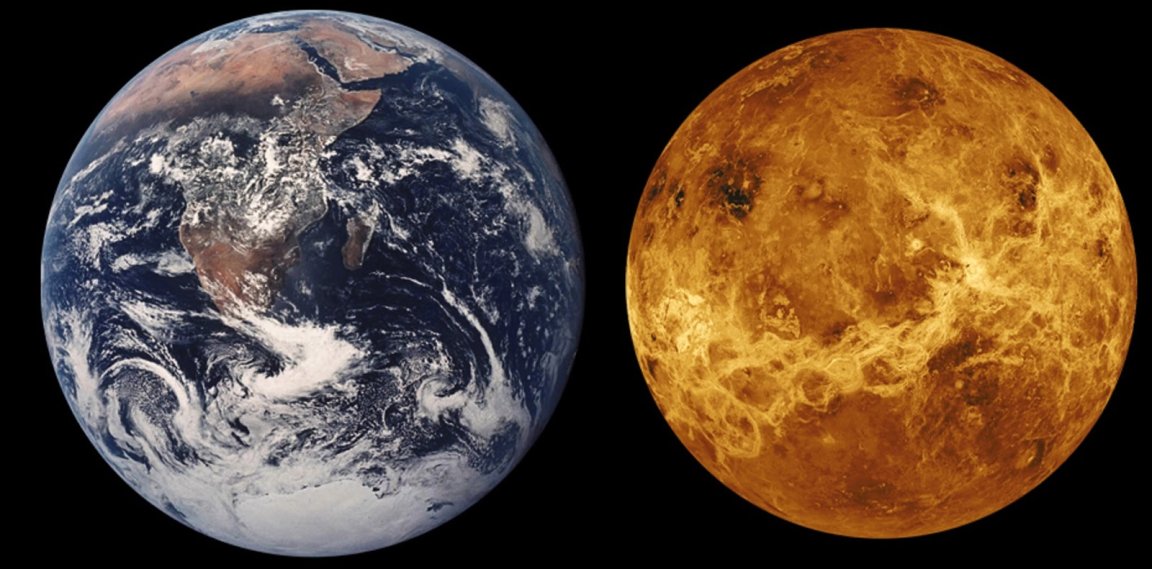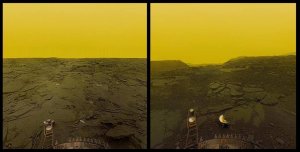
Earth’s Overlooked Neighbor
Today, I want to talk about what it would be like to spend a day on Venus. As one of Earth’s closest neighbors, it seems only polite that we stop by for a friendly visit every now and then. However, Venus seems to be the black sheep of the solar system. Everyone goes on and on about the glory of Saturn’s rings, the amazing chill of Pluto’s icy craters, and the absolute necessity of establishing a colony on the dusty surface of Mars. But where are the voices lauding the beauty of the Venusian volcanoes, extolling the wonder of the atmospheric lightning bursts, and crying out for the colonization of the Evening Star? Where are the champions of Earth’s twin?
Either they are silent, or they don’t exist.
Life on Venus
So I am here to convert you. After reading about Venusian life, I trust you will all cry out for a colony on this wondrous world. And it is wondrous. For starters, a day on Venus would be quite an extended vacation — it’s equivalent to 243 Earth days. What does this mean? Let’s say you tell your boss that you want to spend 7 glorious days rambling about on Venus. If she gives the okay, she just agreed to give you a vacation that is more than 1,701 Earth-days long (and just image how much time that is off school!).
Another crazy thing about a day on Venus? The planet rotates retrograde (East to West). And this, as we all know, is the opposite of Earth. So, if you went to Venus, you would slowly go back in time!!!
…Okay, you wouldn’t go back in time. Really, the only difference is that the Sun would slowly (very, very slowly) rise in the West and set in the East. Still, even without the time travel, watching the sun travel in another direction would be an amazing thing to experience.

But are you worried that your friends and family will miss you if you make a permanent move? Fear not. As a result of its proximity to Earth, and the way in which its clouds reflect sunlight, Venus appears to be the brightest planet in the sky. So your loved ones would see your shining world and know that you’re never really far away.
And the sights are fantastic. Although, over 80% of Venus is covered in level lava plains, more than 1,000 volcanoes or volcanic centers dot the surface of this world…and all of these are more than 12 miles (20 km) in diameter.
…unfortunately, there are a few unpleasant experiences that you will also have to contend with. For starters, Venus’ thick, toxic atmosphere traps heat in a runaway “greenhouse effect,” creating a charred world with temperatures that are hot enough to melt lead (about 900°F or 480°C). Oh, and it has a surface pressure that is about 90 times that of Earth. So if you went to Venus, you would essentially turn into a roasted pancake in just fractions of a second (the atmospheric pressure is equivalent to roughly 80 tonnes, after all).
But don’t let this dissuade you from your trip. Just think of it as a proving ground — what better place is there for a person who wants to show the world just how hardy and resilient they are?